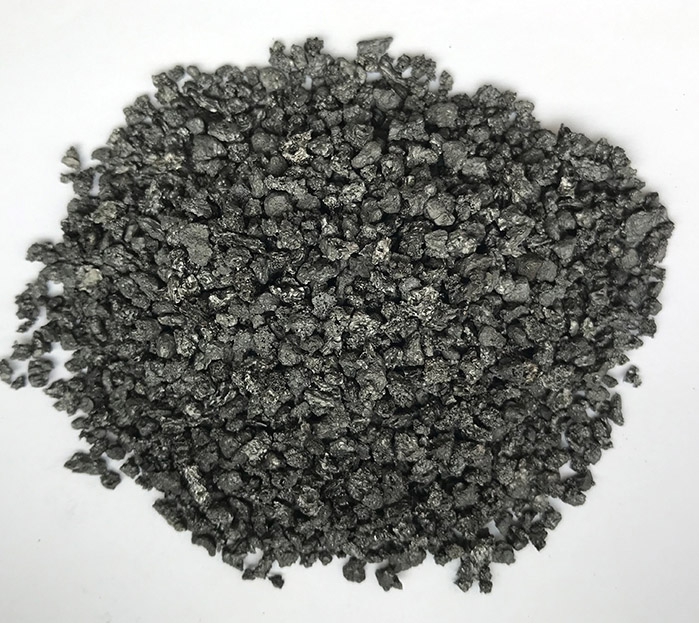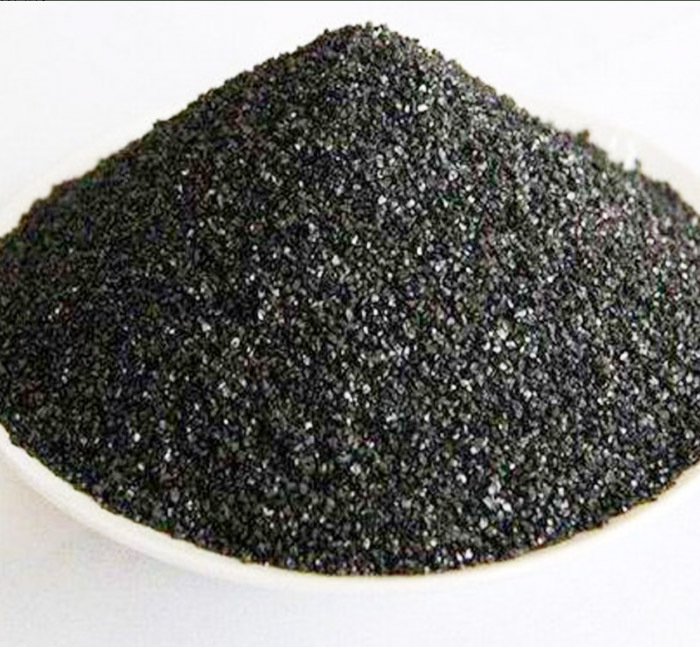Graphitized petroleum coke is not graphite. Although they are all carbon based materials, there are significant differences in their sources, structures, properties, and applications.
Graphite is a natural mineral whose carbon atoms are arranged in a hexagonal lattice to form a layered structure. Graphite has high heat resistance, high conductivity, and high thermal stability, making it widely used in fields such as batteries, electrodes, lubricants, and sealing materials.
Graphitized petroleum coke is a material obtained by high-temperature graphitization treatment of petroleum coke. During the graphitization process, carbon atoms rearrange to form a more regular crystal structure. This makes graphitized petroleum coke highly conductive, thermally conductive, and excellent high-temperature stability, mainly used as electrode materials, heat dissipation materials, and structural materials in high-temperature environments such as furnaces, electric furnaces, and electrolytic cells.
Therefore, although graphite and graphitized petroleum coke are both carbon based materials, their crystal structures and physicochemical properties have significant differences, and their application fields are also different.



